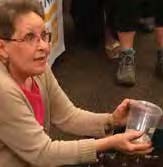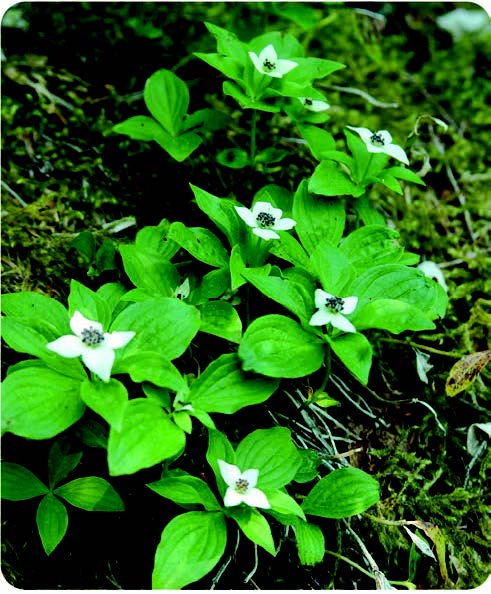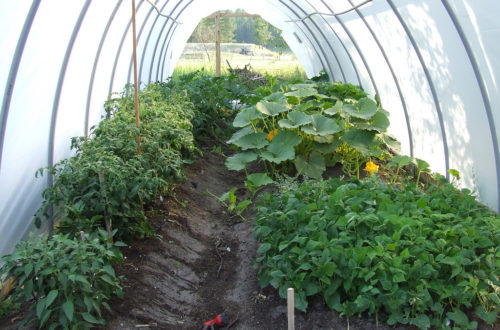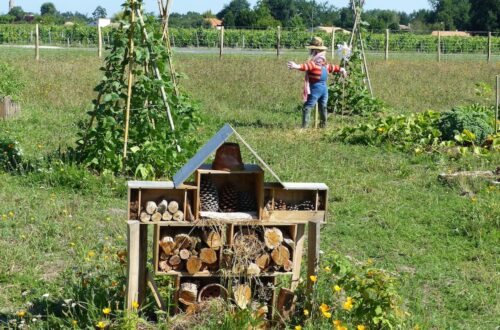& How You Can Incorporate Them Into Your Garden
The last twenty years have seen a growing interest in gardening with native plants. The term “native” has several meanings, depending upon the context. “Native” is used to mean a plant species that has been in a specific region for hundreds of thousands of years and continues to be present in the landscape. Dinosaurs were surrounded by Araucaria, known today as Monkey Puzzle trees, and other conifer species; ferns, rhododendrons, and horsetail. So, these plants may be as old as 135- 180 million years. It doesn’t get more native than that.
Another definition of “native” plants is that the species has adapted to the region’s climate, water availability, and interaction with other local plants, animal, and fungal species. In many cases, that means they need fewer pesticides, having developed their own preventative or curative methods to repel them.
A more contemporary definition of “native” is a species that existed in a region before intra-, and inter-continental travel brought plant (and the diseases and insects attached to them) long distances—and to alien environments where some thrive and others perish. The similarity of environments in Japan and England to those in the Pacific Northwest allowed successful transplantation of Japanese maples and English ivy, for example.
Although the planet has experienced eras of wide variances in temperature and water availability, the current climate change poses challenges to the future of the Pacific Northwest’s native species. Higher temperatures, loss of water in snowpacks, fires, and effects of smoke are all potential threats to natives. What was a “normal year” before Christopher Columbus set sail is not what we now experience.
That does not mean that landscaping with native plants isn’t worth the effort. Just as native plants flourish in specific areas, they are also a unique part of the lives and futures of animals—2, 4, and 6 footed-, and even those with no legs at all. Native plants provide food and habitat for mammals, insects, spiders, reptiles, amphibians, and gastropods (slugs and snails).
Once natives are established in their “new” environment (your garden), they typically do not need the same care and feeding as the exotic plants need. “Established” typically means a year—once their roots are firmly growing and often able to tap into water sources deep in the soil.
Native plants are not automatically resistant to insects that may bother you, nor even native fungi and bacteria that share the garden. The successful cultivation of native plants requires that the gardener recognize diseases and insects to which the plants have not adapted and which may kill the plant or make its fruits inedible. The OSU Extension Service is a resource for distinguishing among the many pests we encounter.
Successful incorporation of native plants into our home landscapes does require some knowledge about the plants and their needs. Plants that thrive along the coast have very different needs than those in Central or Eastern Oregon, which may differ from those appropriate to the Willamette Valley. Attention needs to be paid to whether the plant requires full sun or whether it is an understory plant, which thrives in the shade of larger species.
Although we have abundant precipitation west of the Cascades, there are some areas east of them that are dry enough to support a native cactus species, called the snowball cactus (Pediocactus nigrispinus).
The last element to consider is the type of soil that best supports the plant species. Coastal soil is primarily sand, which drains quickly, removing nutrients around plant roots. Willamette Valley soils are mainly clay, which retains water after it penetrates and holds nutrients for plants’ use. Soils east of the Cascades are a wide variety of combinations of clay, sand, and rocks. Knowing the characteristics of specific areas and the needs of the plants are key to “putting the square peg in the square hole.”
The resources listed below have information about the most common PNW native plants, most of which are available in garden centers that specialize in carrying them.
Further Resources:
Pacific NW Native Plants by Plant Community | OSU Extension Service (oregonstate.edu) https://bit.ly/35p7HIx
Native plants for Willamette Valley Yards booklet | Metro (oregonmetro.gov) https://bit.ly/3bmb475
Kris Lamar has been a Master Gardener (and Master Recycler) since 2013. She is a speaker with the Clackamas County Speaker’s Guild, and a member of the Extension Ask an Expert panel. She is also a lawyer and a retired judge.







